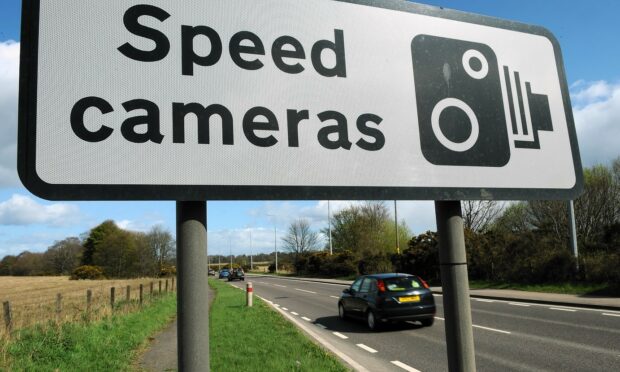The average speed cameras have already spread north to the Highlands but why do we need them? The group behind devices tells Jane Candlish why on day four of our series.
Plans for average-speed cameras on the A9 Inverness-Perth trunk road were never going to be popular with motorists.
And those behind the proposals admit that trying to overturn the public’s “entrenched views” on the “yellow vultures” was always going to be difficult.
But the A9 Safety Group is adamant that the scheme will make the road safer, pointing to the impact the devices are already having on the stretch between Perth and Pitlochry.
Here, the number of drivers speeding has dropped from one in three to one in 10.
And the number of those exceeding the limit by more than 10mph has reduced from one in 10 to one in 200 – startling figures for a scheme which is not due to go live until October.
The safety group’s chairman, Stewart Leggett, says members will seek feedback from drivers to evaluate how successful the cameras have been.
He said it was hoped they would reduce delays, and provide more reliable journey times on the trunk road.
It was shut for more than 540 hours last year because of serious and fatal accidents, causing major disruption.
Mr Leggett added: “No one is getting caught out. If you are issued with a ticket for speeding in the average-speed cameras zone, it is not because you didn’t see them – they’re very well signed and conspicuous.
“If you do choose to ignore it, then yes, you run the risk of getting a ticket.”
Chief Superintendent Iain Murray, the head of road policing, warned that the cameras were “not a silver bullet” and officers would still be out on the road trying to prevent any poor or irresponsible behaviour.
Neil Greig, of the Institute of Advanced Motorists, said traffic should move faster in the camera zones, particularly when the increase in the HGV limit is brought in.
Mr Greig said: “The problem is that we are not starting from a position where people do not already have entrenched views on speed cameras.
“You have 10 or 20 years of opinions saying that speed cameras are just about raising money.
“In fact the money does not go directly into police pockets.
“The PR battle on speed cameras was lost 10 or 20 years ago and some people will never change their view on that.”
He added: “With average-speed cameras very few people get caught. It is not in the thousands you get on fixed cameras. Drivers really comply with them.”
Other people are now waiting to see what the impact will be, including the leader of Highland Council, councillor Drew Hendry.
He said: “I believe that the data on average-speed cameras elsewhere has shown that they have reduced accidents.
“I have an open mind to how well they will work and look forward to seeing a detailed review.”
He added: “If this saves lives it will be a worthwhile investment.”
